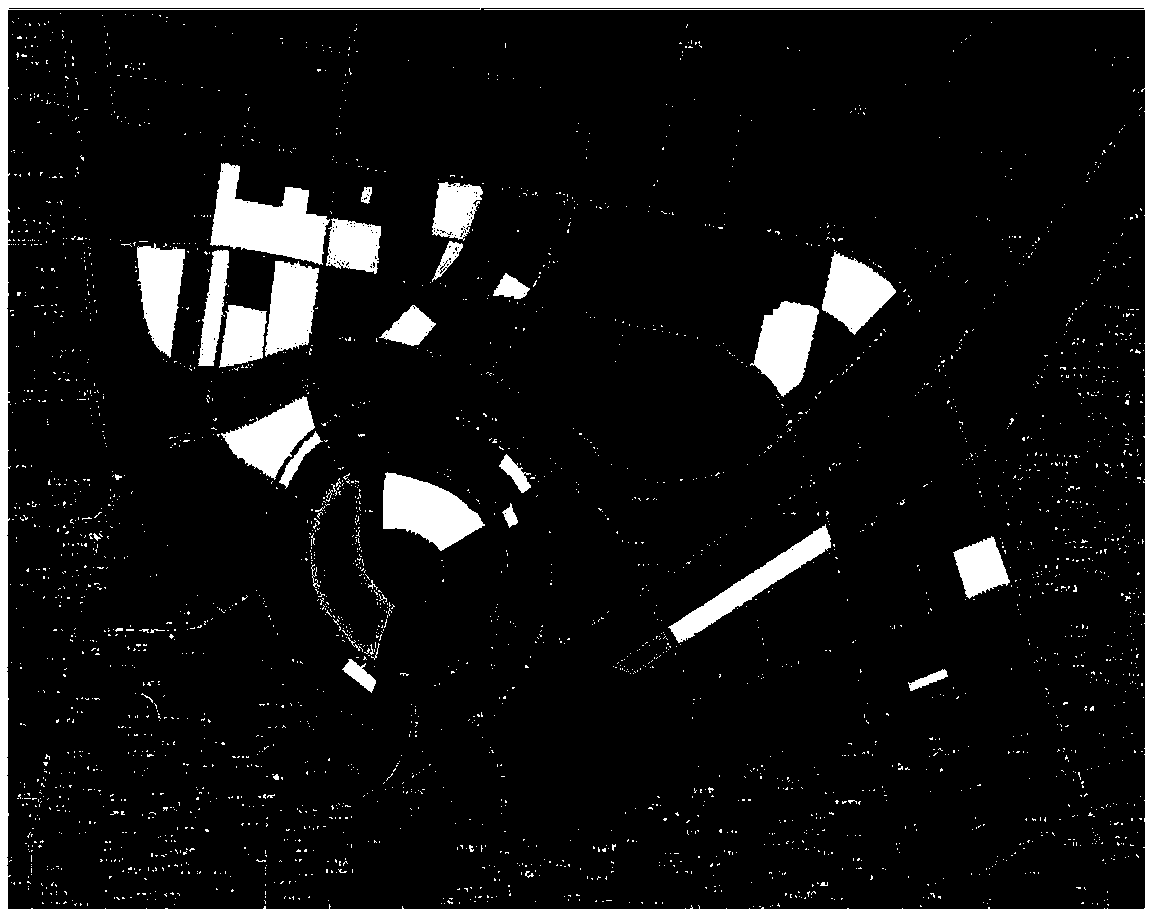A spatial load prediction method based on fuzzy information granulation and a support vector machine
A space load forecasting and support vector machine technology, applied in information technology support systems, forecasting, instruments, etc., can solve the problems of ignoring the in-depth mining of measured historical load data, insufficient utilization of historical load data, etc.
- Summary
- Abstract
- Description
- Claims
- Application Information
AI Technical Summary
Problems solved by technology
Method used
Image
Examples
Embodiment Construction
[0077] The present invention will be further described below using the accompanying drawings and examples.
[0078] In the technical field, the English and abbreviation based on fuzzy information granulation is usually (fuzzy information granulation, FIG); the English and abbreviation of support vector machine is (support vector machine, SVM); the English and abbreviation of spatial load prediction is (spatial load forecasting, SLF); Therefore, the spatial load prediction method based on fuzzy information granulation and support vector machine of the present invention is referred to as FIG-SVM SLF method for short.
[0079] refer to Figure 1-Figure 9 , the space load prediction method based on fuzzy information granulation and support vector machine of the present invention, wherein, comprises the following steps:
[0080] The historical load data of each type I cell from January 1, 2013 to November 30, 2015 in an administrative district of a city in Henan is taken as the mo...
PUM
 Login to View More
Login to View More Abstract
Description
Claims
Application Information
 Login to View More
Login to View More - R&D
- Intellectual Property
- Life Sciences
- Materials
- Tech Scout
- Unparalleled Data Quality
- Higher Quality Content
- 60% Fewer Hallucinations
Browse by: Latest US Patents, China's latest patents, Technical Efficacy Thesaurus, Application Domain, Technology Topic, Popular Technical Reports.
© 2025 PatSnap. All rights reserved.Legal|Privacy policy|Modern Slavery Act Transparency Statement|Sitemap|About US| Contact US: help@patsnap.com



